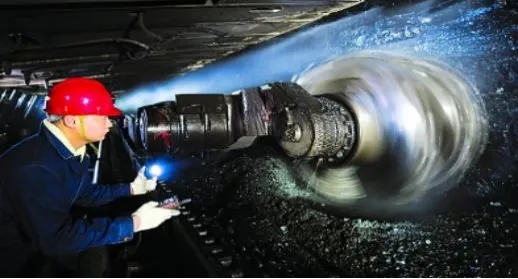Nov . 08, 2024 05:35 Back to list
Flanged Butterfly Valve Design and Applications for Efficient Flow Control Solutions
The Flange Butterfly Valve An Essential Component in Fluid Control Systems
In the realm of industrial processes and fluid control applications, valves play a pivotal role in regulating the flow of various fluids, including gases, liquids, and slurries. Among the myriad types of valves available today, the flange butterfly valve stands out for its simplicity, versatility, and efficiency. This article explores the features, advantages, applications, and installation considerations of flange butterfly valves.
Understanding Flange Butterfly Valves
The flange butterfly valve is a type of quarter-turn valve that uses a circular disc to regulate fluid flow. The disc is mounted on a shaft, and as the valve is opened or closed, the disc rotates around the shaft's axis. This design allows for quick and efficient operation, making it an essential component in various fluid control systems.
The term flange refers to the method of connection. Flanged butterfly valves typically feature flanges on both ends, which allow for easy mounting to pipes or other equipment using bolts. This design enhances the valve's stability and ensures a secure fit, preventing leaks and maintaining the integrity of the fluid system.
Key Advantages of Flange Butterfly Valves
1. Compact Design Flange butterfly valves are generally lighter and more compact than other valve types, such as gate or globe valves. Their smaller footprint makes them suitable for applications with limited space.
2. Quick Operation The quarter-turn operation enables rapid opening and closing, allowing for efficient control of fluid flow. This feature is particularly beneficial in processes requiring swift adjustments.
3. Low Pressure Drop Due to their streamlined design, flange butterfly valves offer minimal resistance to flow when fully open, resulting in a lower pressure drop across the valve. This efficiency is crucial for energy conservation in fluid transport systems.
4. Versatility Flange butterfly valves can handle a wide range of fluids, including water, air, oil, and chemicals. This versatility makes them suitable for various applications in industries such as water treatment, oil and gas, chemical processing, and HVAC systems.
5. Cost-Effective Compared to other valve types, flange butterfly valves are often more economical, both in terms of initial purchase price and maintenance costs, making them an attractive option for many industrial applications.
Applications of Flange Butterfly Valves
Flange butterfly valves find applications across numerous industries due to their adaptability
. Some common applications includeflange butterfly valve

- Water Treatment In municipal water treatment facilities, these valves help manage the flow of water, allowing for efficient processing and distribution.
- Chemical Processing Flange butterfly valves are used to regulate the flow of various chemicals in processes such as mixing, blending, or reaction conditions.
- Heating, Ventilation, and Air Conditioning (HVAC) These valves control airflow and are integral to maintaining desired temperature and pressure levels in HVAC systems.
- Oil and Gas Industry Flange butterfly valves are employed in pipelines and refining processes to control the flow of petroleum products, providing reliability and safety in often hazardous environments.
Installation Considerations
When installing flange butterfly valves, several factors should be taken into account to ensure optimal performance and longevity
1. Pipe Compatibility Ensure that the valve's flange dimensions match those of the piping system to guarantee a correct fit and prevent leaks.
2. Orientation While flange butterfly valves can be installed in various orientations, vertical installation is often preferred for applications involving slurries or heavy fluids, as it helps maintain optimal flow characteristics and reduces wear on the valve components.
3. Alignment Proper alignment of the valve body relative to the piping is crucial to prevent undue stress and maintain the valve's longevity.
4. Maintenance Access Adequate space should be provided around the valve for maintenance and inspection, ensuring accessibility for future servicing.
Conclusion
The flange butterfly valve is a versatile and efficient option for fluid control across a broad spectrum of industries. With its compact design, quick operation, and cost-effectiveness, it’s no wonder that this valve type is widely used in modern industrial applications. Understanding its advantages, applications, and installation considerations is essential for engineers and technicians striving for optimal fluid management solutions. As industries continue to evolve, the flange butterfly valve will undoubtedly remain a cornerstone of effective fluid control.
Share
-
priming-a-pump-with-a-foot-valve-with-strainerNewsAug.23,2025
-
the-importance-of-a-y-strainer-in-pump-protectionNewsAug.23,2025
-
stainless-steel-ball-check-valve-for-high-purity-applicationsNewsAug.23,2025
-
common-applications-for-wafer-type-butterfly-valvesNewsAug.23,2025
-
seat-options-for-a-12-inch-knife-gate-valveNewsAug.23,2025
-
the-lifespan-of-a-typical-dismantling-jointNewsAug.23,2025


